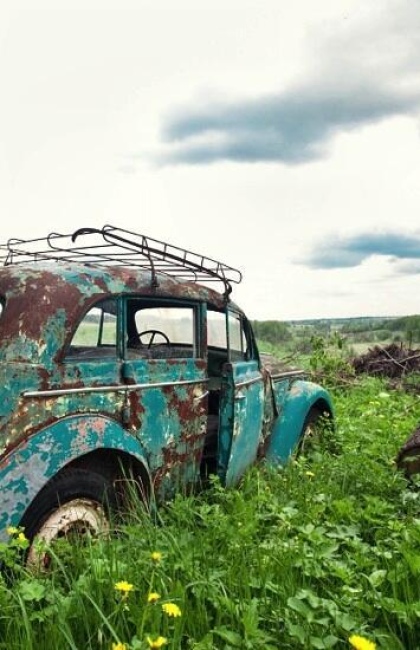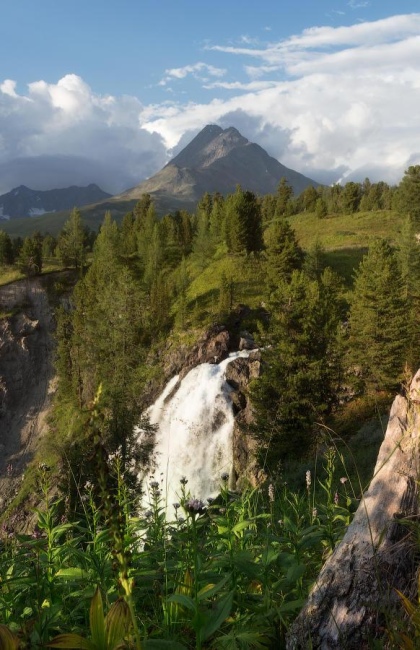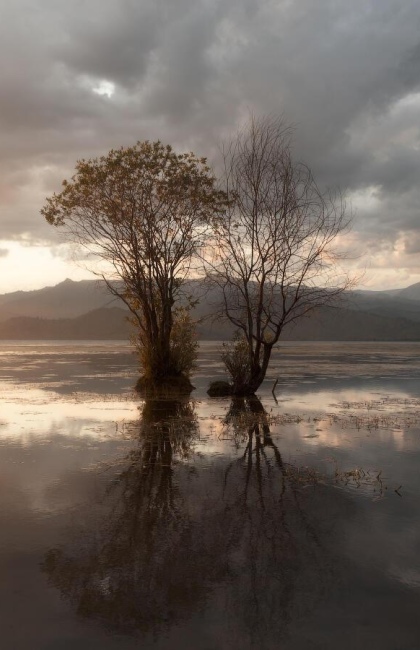Northeastern Shore of Lake Alakol
Alakol is a remarkable and distinctive lake nestled in the East of Kazakhstan, between the Jetysu and Abay regions. Boasting a length of 104 km (65 mi) and an average depth of 54 m (177 ft), Alakol secures the fourth spot on the list of the largest lakes in Kazakhstan.
Lake Alakol is part of the Alakol system of lakes, which also includes nearby lakes such as Sassykkol, Koshkarkol, and Jalanashkol. All these lakes are situated within the Alakol nature reserve, which is included in the prestigious list of UNESCO biosphere reserves. The reserve serves as a crucial migratory route for many endangered bird species, making it a vital location for conservation efforts.
The Fifth Element
The salinity of the northeastern part of the lake is higher than that of the southwestern part, but both have been proven to have the same therapeutic effect on the body. Despite being fed by 15 rivers, none of them flows out, making Alakol a drainless lake. The northeastern shore is rich in therapeutic mud, unlike the southwestern shore. Additionally, the beaches of both shores are made of shungite pebbles, which have a massage effect on the skin and release various minerals into the water. The water in Alakol is similar in composition to seawater due to underground sources rich in radon that mineralize the water. If you want to know more about the lake's southwestern shore, feel free to read this article.
Lake Alakol’s therapeutic mud contains sulfur, hydrogen, sodium chloride salts, and various minerals. Hydrogen sulfide mud baths are beneficial for respiratory, nervous, musculoskeletal, skin, gynecological, and urological diseases, among others. However, there are some contraindications to be aware of, such as fresh wounds or burns, emphysema, and certain heart conditions, so it's best to consult a doctor before planning a trip to the lake.
The sun in Alakol is also highly beneficial for the body, particularly for some rheumatic and dermatological diseases. However, it's important not to overdo it when sunbathing.
In addition to the mineral power of the water, the massage effect of shungite, and the healing effect of mud and sun, air is the fifth element in the therapeutic mix. The air around Alakol is unique, mixing the aromas of steppe herbs and sea salt due to the lake's water composition. The air is clean and transparent, as there are no industrial cities near the lake.
The northeastern coast of Alakol has become a popular destination for tourists, with many recreation centers, hotels, and guest houses located along the coast. One of the most well-known balneological resorts in Kazakhstan, Barlyk-Arasan, is also located here. If you're interested in exploring recreation centers on the northeast shore, you can find more information in this article.
How to get there?
If you're considering traveling to Alakol, there are several transportation options available. The most convenient way to reach the lake is by plane. The nearest airport is located in the village of Urdjar and offers flights from cities such as Astana, Ust-Kamenogorsk, and Semey. Flights from Russian cities are also in the works.
Another option is to take the train. If you're coming from Almaty, Astana, Karaganda, or Balkhash, you can take the Almaty-Dostyk or Astana-Dostyk train and get off at Jalanashkol station. From there, you can take a taxi to the village of Kabanbay (formerly Zharbulak), where most of the recreation centers from the Abay region are located.
For those who prefer driving, there are several routes you can take to reach the northeast shore, including A-8, A-345, A-17, A-356, A-357, and R-138. However, be prepared for a long journey as some roads may be in poor condition. It's also worth noting that you can reach Kabanbay by bus from Ust-Kamenogorsk, Semey, Ekibastuz, and Pavlodar.
Other tourist attractions near the northeastern coast of Lake Alakol:
- Tarbagatai Ridge
- Tarbagatai Nature Reserve
- Lake Zaisan
- Lake Balkhash




